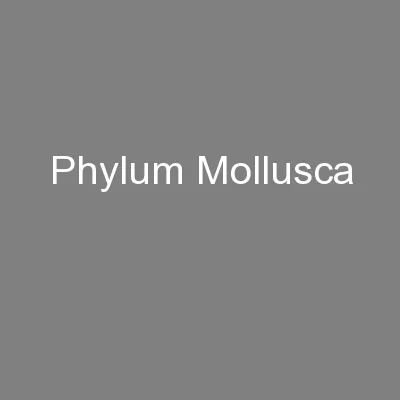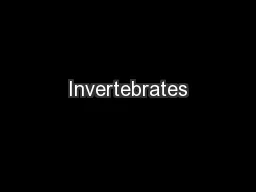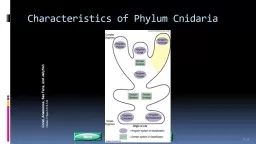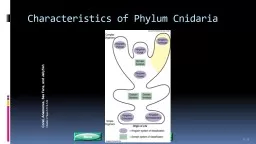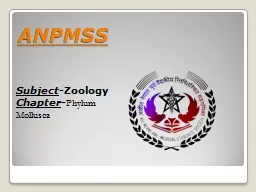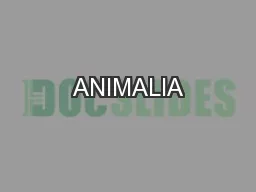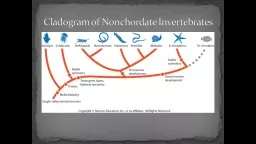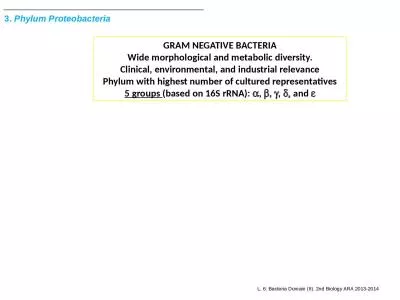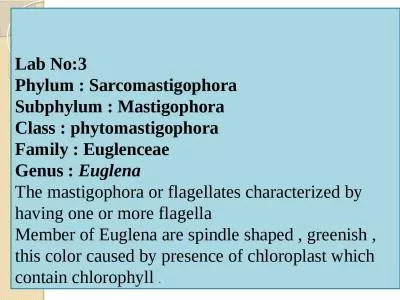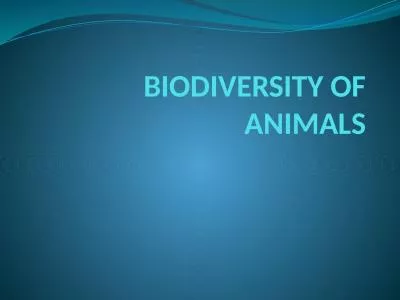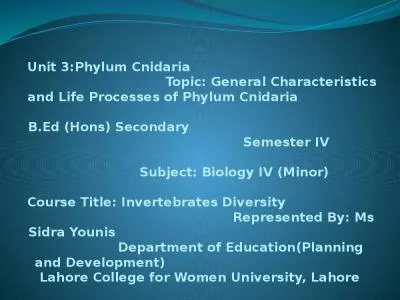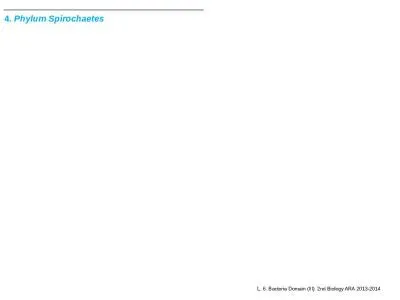PPT-Phylum Mollusca
Author : debby-jeon | Published Date : 2016-07-26
Unit 4 Mollusk Introduction Phylum Mollusca Molluscus soft Softbodied animals that usually have an internal or external shell Includes snails slugs clams
Presentation Embed Code
Download Presentation
Download Presentation The PPT/PDF document "Phylum Mollusca" is the property of its rightful owner. Permission is granted to download and print the materials on this website for personal, non-commercial use only, and to display it on your personal computer provided you do not modify the materials and that you retain all copyright notices contained in the materials. By downloading content from our website, you accept the terms of this agreement.
Phylum Mollusca: Transcript
Download Rules Of Document
"Phylum Mollusca"The content belongs to its owner. You may download and print it for personal use, without modification, and keep all copyright notices. By downloading, you agree to these terms.
Related Documents

